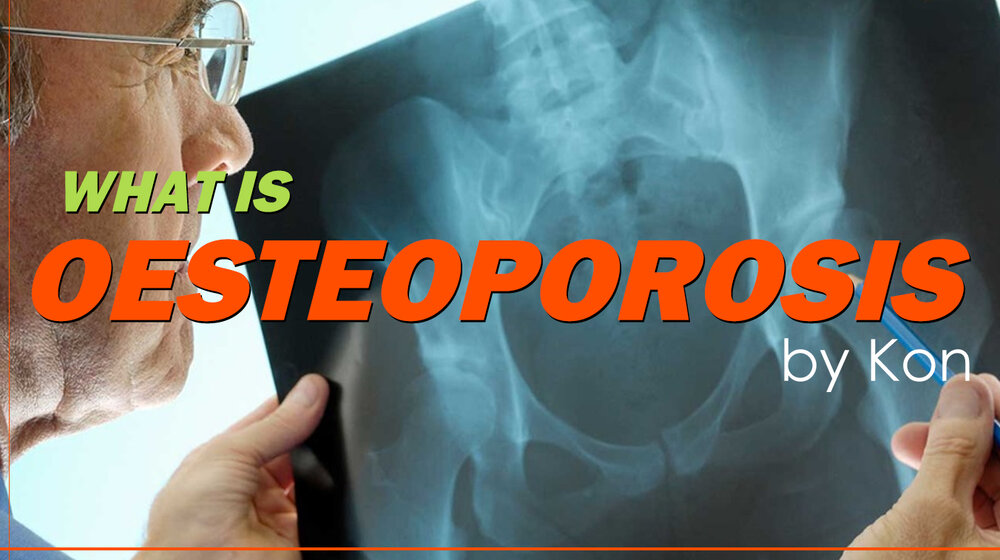What is Osteoporosis?
Osteoporosis is a condition where our bones become fragile and brittle. This occurs when important minerals that promote bone strength, such as calcium are removed from our bones at a faster rate than the body can replace them. This process leads to the formation of less dense and weaker bones that are more liable to fracture.
Prevalence of Osteoporosis
Around 1.2 million Australians are affected by osteoporosis with a further 6.3 million being affected by a low bone density condition called osteopenia which may develop into osteoporosis
In a recent study measuring bone density conducted by the Australian Health Survey, the prevalence of osteoporosis in the population over 50 was estimated to be around 23% of women and 6% of men.
Why are women affected more?
Physiologically, women have smaller and thinner bodies with a corresponding decrease in bone thickness and density. Furthermore, after menopause, the level of oestrogen production is significantly decreased. Oestrogen is an important hormone that stimulates calcium uptake, thereby enhancing bone density and strength. Decreases in oestrogen following menopause, together with other factors may predispose a person to osteoporosis.
Risk factors
- Family History
- Bone strength is strongly inherited
- Having parents with osteoporosis/fracture susceptibility increases risk
- Calcium & Vitamin D levels
- Low calcium intake
- Adequate calcium rich diet and supplements promote healthy bone development
- Low vitamin D levels
- A lack of sun exposure predisposes one to vitamin D insufficiency. Vitamin D is important in promoting the absorption of calcium and thus maintaining muscle strength and healthy bones
- Lifestyle
- Low levels of physical activity
- Smoking
- Excessive alcohol intake
- Weight – thin body or excessive weight
Management of Osteoporosis
Calcium

Most of our calcium, 99% is found in our bones which, when combined with other minerals forms a hard crystal structure that helps strengthen bones. Small amounts of calcium are also essential for maintaining a healthy heart, muscle blood and nervous system.
Bones act like a calcium reservoir. If we do not take in adequate calcium from a healthy diet, calcium is withdrawn from our bones and transferred to our bloodstream to aid other important physiological functions. Over time, if the body continues to withdraw calcium faster than it’s replenished, our calcium reservoir within our bones diminishes, leading to a reduction in bone density.
A diet rich in calcium is essential in maintaining healthy bones and other body functions. Dairy products are the primary source of calcium however, certain seafood, fruits, vegetables and cereals are also valuable sources of calcium.
Vitamin D

Vitamin D enhances the absorption of calcium from our intestine and is thus essential for the development of a strong and healthy skeleton. Vitamin D also helps to maintain adequate calcium levels within our blood and promote muscle strength, which further stimulates healthy bone development
The main source of Vitamin D is regular, adequate and safe exposure to sunlight. Other sources of vitamin D can come in the form of supplements. In cases of severe vitamin D insufficiency, your doctor may even choose to administer an intramuscular injection with an appropriate level of vitamin D.
Exercise

The level of exercise necessary varies throughout our age and development. For adults, a combination of progressive resistance training with a variety of moderate impact weightbearing activity is ideal for promoting bone density or preventing bone loss.
The key message is that, if you’re concerned about Osteoporosis, visit your doctor who is best placed to administer any tests and facilitate the management of any medical care plan in conjunction with other health professionals.
#MakingHealthySimple
Kon

